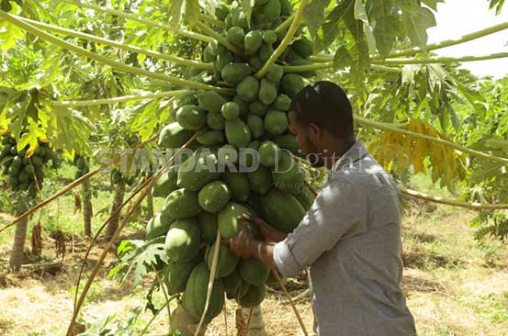×
The Standard e-Paper
Kenya’s Boldest Voice

Papayas (paw paws) are like a gift from the gods! Easy to grow in home gardens and have a delicious, sweet flesh that can be enjoyed at the breakfast table for most of the year. Pawpaw performs well in most parts of the country. If you grow your own papayas, then it means that you’ll never be without these wonderfully tropical fruits due to their long harvest period.